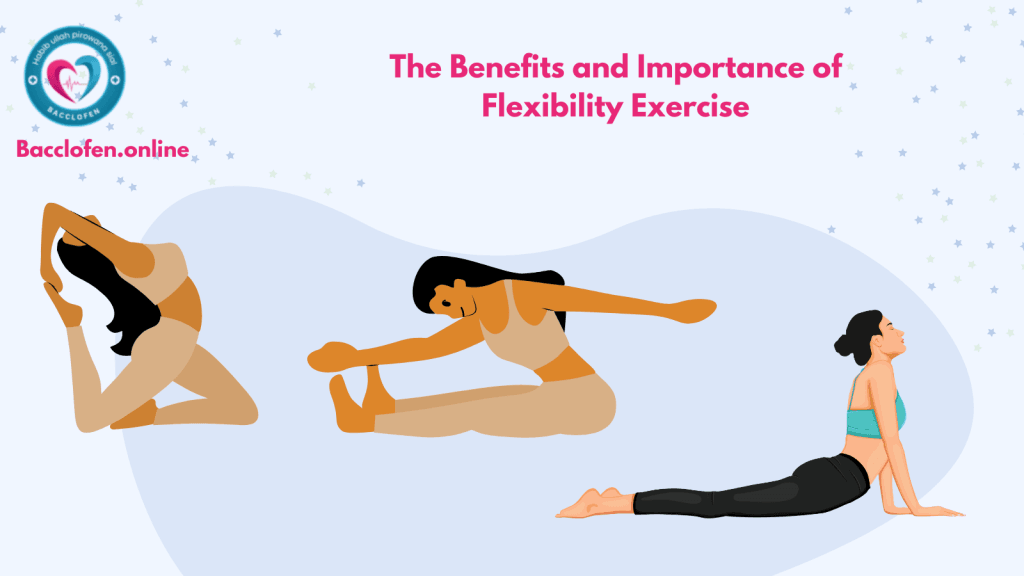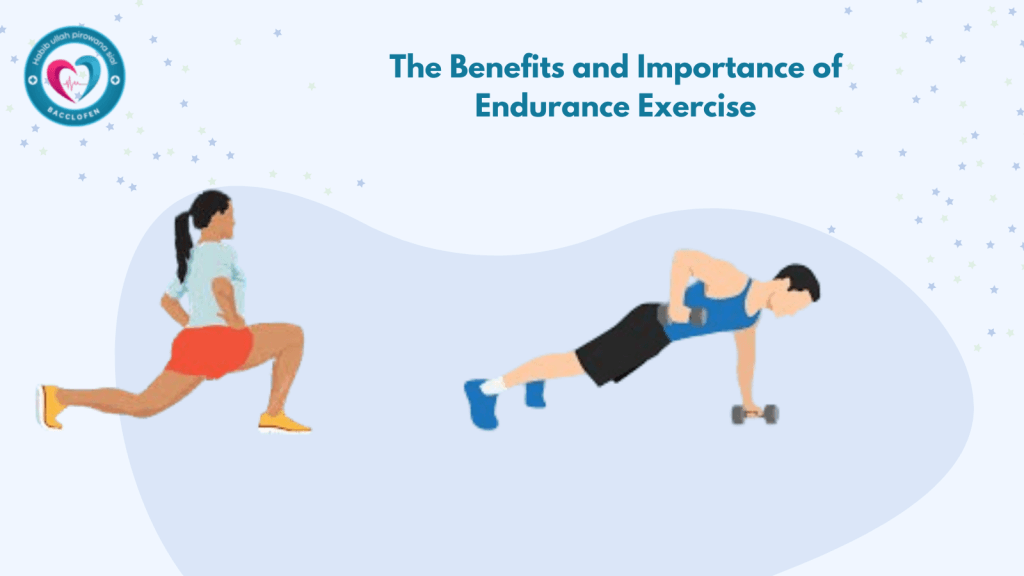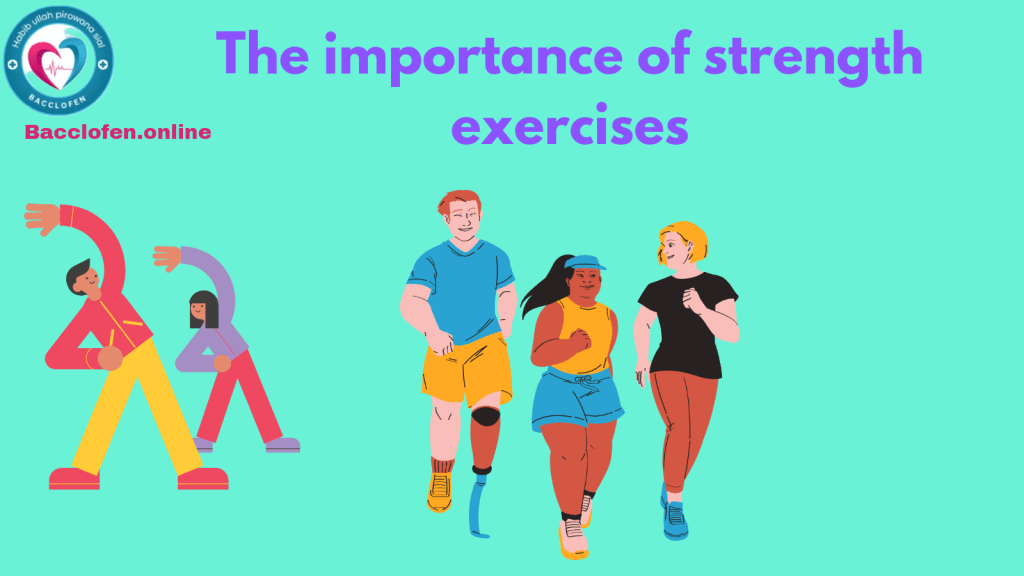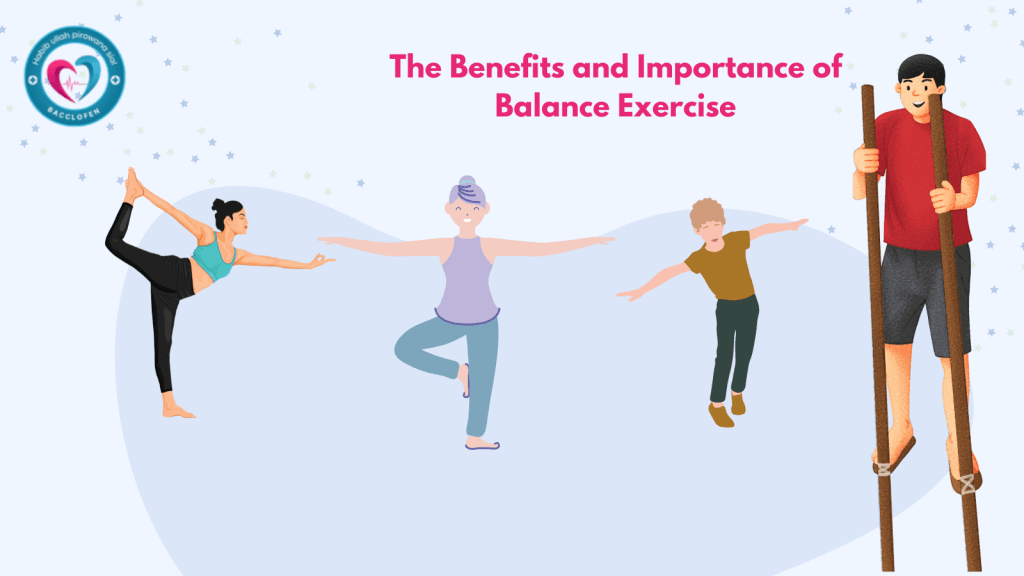Flexibility exercises are an essential component of physical fitness that focus on improving the range of motion (ROM) of joints and muscles. These exercises help enhance mobility, reduce stiffness, and prevent injuries by keeping the muscles and connective tissues supple and elastic. Whether you’re an athlete, a fitness enthusiast, or simply looking to move more freely, incorporating flexibility exercises into your routine offers numerous benefits for physical and mental well-being.
Why Is Flexibility Important?
Flexibility is vital for maintaining a healthy, functional body. It supports better posture, reduces the risk of injury, and improves overall movement efficiency. A flexible body can move through daily tasks and physical activities with ease, reducing strain on muscles and joints. Flexibility also plays a critical role in recovery, allowing the body to heal faster after strenuous activities.

Benefits of Flexibility Exercises
- Improved Range of MotionFlexibility exercises help stretch muscles and connective tissues, allowing joints to move more freely. This increased ROM is beneficial for performing daily tasks and athletic movements with ease and efficiency.
- Reduced Risk of InjuryTight muscles are more prone to strains and injuries. Flexibility exercises help elongate the muscles, reducing the risk of tears or overuse injuries during physical activities.
- Enhanced Posture and AlignmentPoor posture is often caused by tight or imbalanced muscles. Stretching exercises alleviate tension in areas like the neck, shoulders, and lower back, promoting proper alignment and reducing pain.
- Decreased Muscle Stiffness and PainStretching helps relieve stiffness, particularly after long periods of inactivity or repetitive motion. This can be especially beneficial for individuals with sedentary jobs or those recovering from physical exertion.
- Stress Relief and RelaxationFlexibility exercises, particularly those incorporated into practices like yoga, promote relaxation and reduce stress. Stretching helps release built-up tension in the body, contributing to a sense of calm and mental clarity.
- Improved Athletic PerformanceEnhanced flexibility allows athletes to perform movements with greater efficiency and power. Sports like gymnastics, dance, and martial arts particularly benefit from a greater range of motion and reduced muscle resistance.
Types of Flexibility Exercises
Flexibility exercises can be broadly categorized into the following types:
- Static Stretching
- Involves holding a stretch in a stationary position for 15–60 seconds.
- Examples: Hamstring stretch, quadriceps stretch, or overhead triceps stretch.
- Dynamic Stretching
- Involves moving parts of the body through their full range of motion in a controlled manner.
- Examples: Arm circles, leg swings, or walking lunges.
- Ballistic Stretching
- Involves using momentum to push a muscle beyond its normal range of motion.
- Typically used by athletes but not recommended for beginners due to the risk of injury.
- PNF Stretching (Proprioceptive Neuromuscular Facilitation)
- Combines stretching and contracting of the muscle for enhanced flexibility.
- Often performed with a partner or a physical therapist.
- Yoga and Pilates
- Incorporates poses and movements that emphasize stretching and flexibility.
- Examples: Downward Dog, Cat-Cow Stretch, or Forward Fold.
Examples of Flexibility Exercises
- Hamstring Stretch
- Sit on the floor with one leg extended and the other bent inward.
- Reach for your toes on the extended leg and hold for 20–30 seconds.
- Benefits: Improves flexibility in the hamstrings and lower back.
- Cat-Cow Stretch
- Start on all fours, alternating between arching your back (Cow) and rounding it (Cat).
- Benefits: Stretches the spine and relieves tension in the back and neck.
- Butterfly Stretch
- Sit on the floor with the soles of your feet together and knees bent outward.
- Gently press your knees toward the floor while holding your feet.
- Benefits: Opens the hips and stretches the inner thighs.
- Shoulder Stretch
- Bring one arm across your chest and use the opposite hand to press it closer to your body.
- Hold for 20–30 seconds on each side.
- Benefits: Loosens tight shoulders and improves upper body flexibility.
- Cobra Stretch
- Lie face down, place your hands under your shoulders, and lift your upper body.
- Benefits: Stretches the abdominal muscles and relieves tension in the lower back.
- Side Lunge Stretch
- Stand with feet wide apart and shift your weight to one side, bending the knee.
- Hold the stretch and repeat on the other side.
- Benefits: Improves flexibility in the inner thighs and hips.
Who Can Benefit from Flexibility Training?
- Athletes: Helps prevent injuries and enhances performance by improving range of motion.
- Older Adults: Maintains mobility and reduces the risk of falls and stiffness associated with aging.
- Office Workers: Relieves tension from prolonged sitting and reduces back and neck pain.
- Rehabilitation Patients: Supports recovery by improving movement and reducing stiffness.
Tips for Effective Flexibility Training
- Warm Up FirstAlways warm up with light cardio or dynamic stretches before performing static stretches to prevent injury.
- Focus on All Muscle GroupsStretch major muscle groups, including the neck, shoulders, arms, back, hips, and legs, for balanced flexibility.
- Breathe DeeplyUse controlled breathing to relax your muscles and deepen your stretches.
- Stretch RegularlyAim to include flexibility exercises 2–3 times per week, or even daily, for optimal results.
- Avoid OverstretchingStretch to the point of mild discomfort, not pain, to avoid muscle strain or injury.
Flexibility and Aging
As we age, muscles and connective tissues naturally lose elasticity, leading to reduced flexibility. Regular flexibility exercises can counteract this decline, helping older adults maintain independence and perform daily tasks with ease. Stretching also alleviates joint stiffness and improves balance, reducing the risk of falls and injuries.
Conclusion
Flexibility exercises are an indispensable part of any fitness routine. They promote greater range of motion, reduce stiffness, enhance posture, and support overall physical well-being. Whether you’re aiming to improve athletic performance, alleviate tension from daily activities, or maintain mobility as you age, incorporating stretching into your routine is a simple yet effective way to enhance your quality of life. Start stretching today to unlock your body’s full potential for movement and ease.


